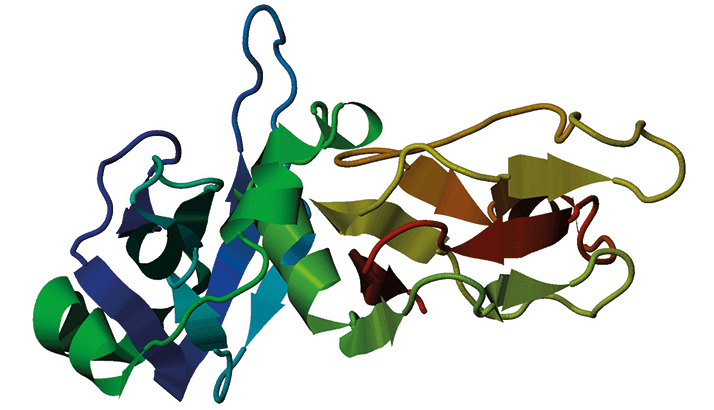
Researchers who performed a whole exome gene sequencing study on seven families with inherited retinal degeneration have identified a new gene that is thought to be responsible for some cases of Leber Congenital Amaurosis (LCA) and Oliver-McFarlane Syndrome (OMS): PNPLA6 (1). The gene is the first to be associated with OMS, and codes for the enzyme neuropathy target esterase (NTE) – a phospholipase that is thought to play a role in embryonic neurite outgrowth and process elongation during neuronal differentiation.
In order to determine NTE’s role in the retina, the study authors established that NTE is expressed in photoreceptors of both Drosophila and mice by immunihistochemistry, and that knocking out PNPLA6 in Drosophila results in photoreceptor neuron death. PNPLA6-/- mouse embryos fail to develop past E8.5, but the study authors hope to generate and characterize a photoreceptor-specific PNPLA6-/- knockout mouse in the future. They suggest that “NTE is essential for vision and photoreceptor biology”, and that “mutations in PNPLA6 cause photoreceptor neuron death and blindness in children with OMS and LCA” (1).
References
- S. Kmoch et al., “Mutations in PNPLA6 are linked to photoreceptor degeneration and various forms of childhood blindness”, Nat Commun., Epub ahead of print, (2015). PMID: 25574898.
